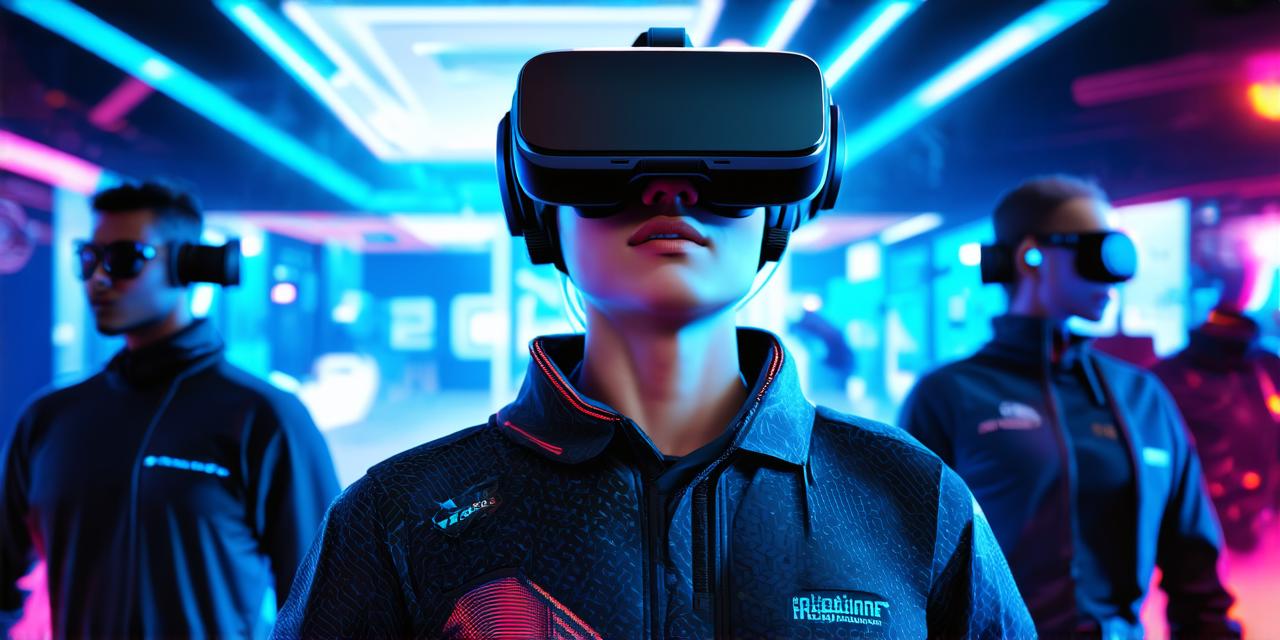
Is there a future for virtual reality?
Virtual reality (VR) has been around for several years now, and while it has made significant progress in recent years, some people still wonder if it has a future. In this article, we will explore the current state of VR, its potential, and whether or not it has a bright future ahead.
Table of Contents
ToggleCurrent State of Virtual Reality

Virtual reality technology is rapidly evolving, with new advancements being made in both hardware and software. The latest VR headsets are more advanced than their predecessors, with higher resolution displays, improved tracking, and more immersive experiences. Additionally, the development of wireless VR headsets has made it easier for users to move around while experiencing virtual environments.
In terms of content, there is now a wide range of games, movies, and educational applications available for VR. This has led to a growing user base, with more people being attracted to the technology each year. However, despite these advancements, VR still faces several challenges, including high cost, limited content, and a lack of accessibility.
Potential of Virtual Reality
Despite these challenges, there is significant potential for virtual reality to continue growing and evolving in the future. One of the biggest areas of potential is in education and training. VR can provide immersive experiences that allow users to practice skills in a safe and controlled environment, making it ideal for training doctors, pilots, soldiers, and other professionals.
Another area where VR has significant potential is in entertainment. With the ability to create highly immersive and interactive experiences, VR can revolutionize the way we experience movies, games, and other forms of entertainment. Imagine watching a movie where you can explore the world of the film in 3D, or playing a game that truly immerses you in the action.
Accessibility
One of the main barriers to the widespread adoption of VR is its high cost. While prices have been coming down in recent years, they are still relatively expensive compared to other forms of technology. Additionally, not everyone has access to the latest VR hardware or the internet speeds required to experience virtual environments.
However, as technology continues to advance, it is likely that we will see a decrease in cost and an increase in accessibility. This could include the development of more affordable VR headsets, as well as improvements in internet infrastructure that make it easier for people to experience virtual environments from their own homes.
Summary
In conclusion, while virtual reality still faces several challenges, it has significant potential for growth and evolution in the future. As technology continues to advance, we are likely to see a decrease in cost and an increase in accessibility, making VR more accessible to a wider audience. Whether you’re interested in education, entertainment, or gaming, there is no doubt that virtual reality will continue to play an increasingly important role in our lives in the years to come.

